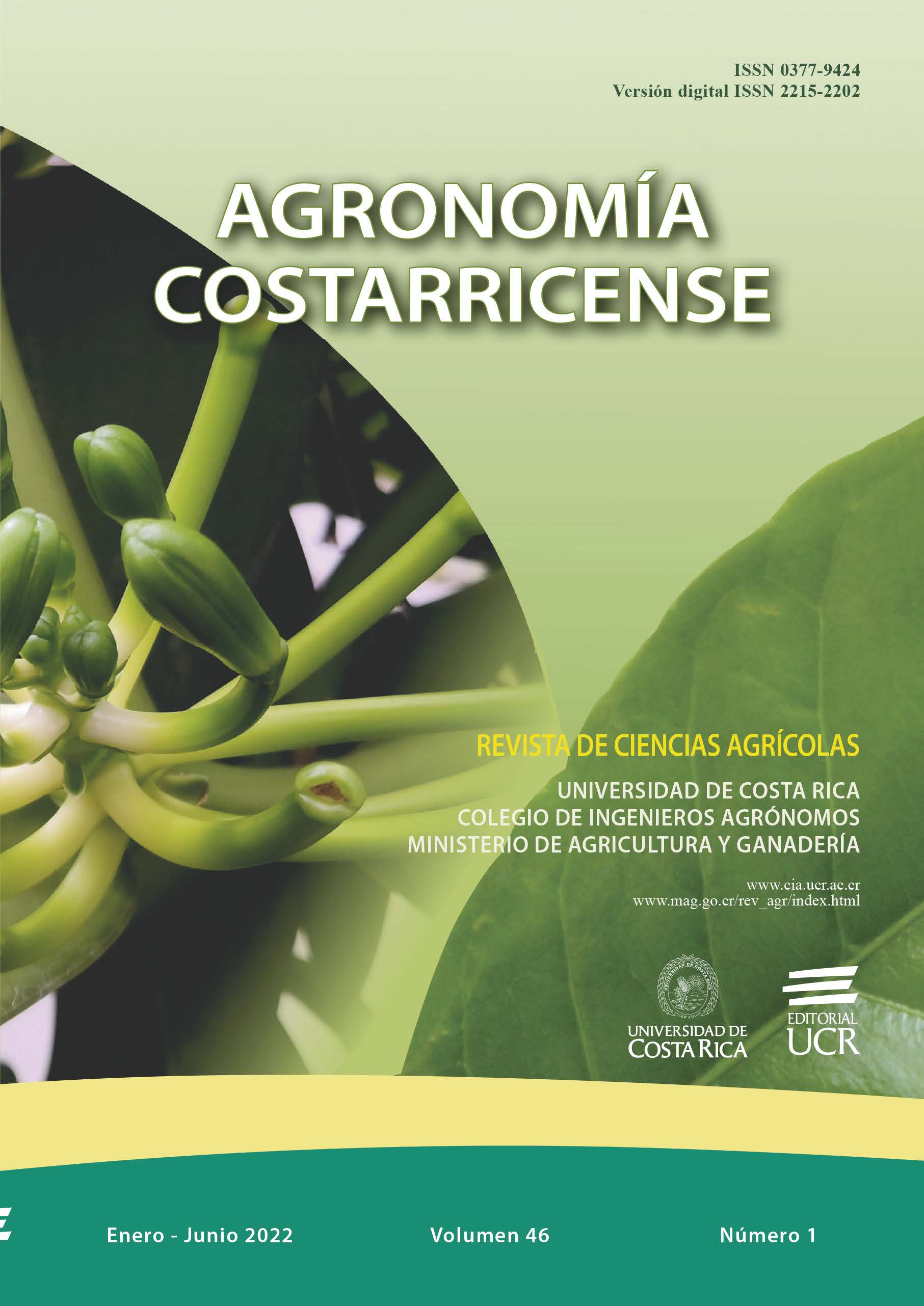Abstract
Introduction. Nicotiana tabacum L., is a crop of economic importance as an exportable product in Cuba and its plantations can be significantly affected by the phytopathogen Fusarium spp. Objective. The objective was to characterize culturally and morphometrically the Fusarium species associated with N. tabacum. Materials and methods. Samples of plants with vascular affectations, wilting, chlorosis and necrosis in stems and leaves were collected in areas specialized in tobacco production in the Cuban province of Granma. From the analyzed plant tissues, 9 isolates were obtained in Potato Dextrose Agar (PDA) medium, which were purified by monosporic cultures. PDA, Carnation Leafpiece Agar (CLA), Spezieller Nährstoffarmer Agar (SNA) and Nutrient Agar (AN) media were used for cultural-morphometric characterization on the basis of qualitative and quantitative traits. A completely randomized design was used and statistical processing was performed using factorial ANOVA and Tukey’s test, processed with InfoStat 2008. Results. The results confirmed the existence of 9 isolates of Fusarium, of them, 5 of F. oxysporum and 4 of F. phyllophylum. The combined culturalmorphometric characterization demonstrated greater variability of pigmentation in PDA medium in both Fusarium species and evidenced inter and intraspecific differentiation in the formation of microscopic structures, verifying macroconidia with a size of 8.17-33.35 x 1.45- 6.30 µm in F. oxysporum and 6.68-20.10 x 1.42- 4.67 µm in F. phyllophylum. Conclusions. Nine Fusarium spp. Isolates (5 from F. oxysporum and 4 from F. phyllophylum) are efficiently characterized by the combined culturalmorphometric method and the selectivity of these 2 species for N. tabacum is demonstrated.


